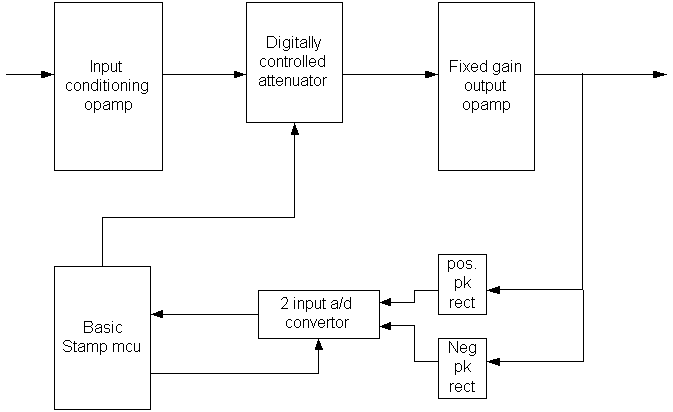
|
By J. C. Jones Copyright July 13, 2001 |
| What I REALLY need at church is a robot that will sit at the controls
of the mixer for the pa system and as different people speak or the same
speaker with different emotional outburst,etc gently move the volume control
up or down to compensate for the change in behavior.
In this electronic age, there are such things as automatic gain controls, compressors, limiters and expanders on the market, but these all suffer from the same malady. They are all active amplification units whose amplification is varied depending on whether the input is too low or too high. The undesirable side-effects of these types range from increasing background noise when low levels exist, to un-natural sounds when a high peak comes through the system, (quick clamping,etc) In the usual true mixer setup, when you change the level you are changing passive element (variable resistor) that changes the amount signal that goes to the next stage. All stages have fixed amplification factors. I have formulated a system based on the true mixer arrangement, using
an opamp
|

|
Assume an input to the conditioning opamp(input) is 24db. (unity gain) 1. digitally controlled attenuator normally would be set to 20db
attenuation
5. Scenario #1 normal operation 11vac
symmetrical,
6. Scenario #2 input level less than 11vac symmetrical
f. Once comparison is completed, new data to
attenuator is sent, establishing new level
A new page outlining program in non-code description coming soon. Note: No correction of less than 1 db would be made. all attenuation values would be in interger amounts, only. |